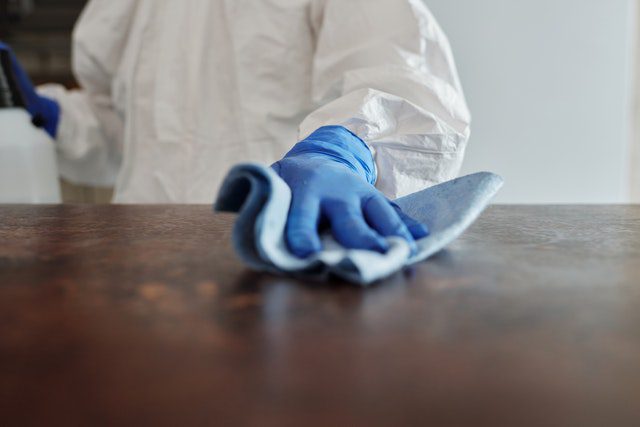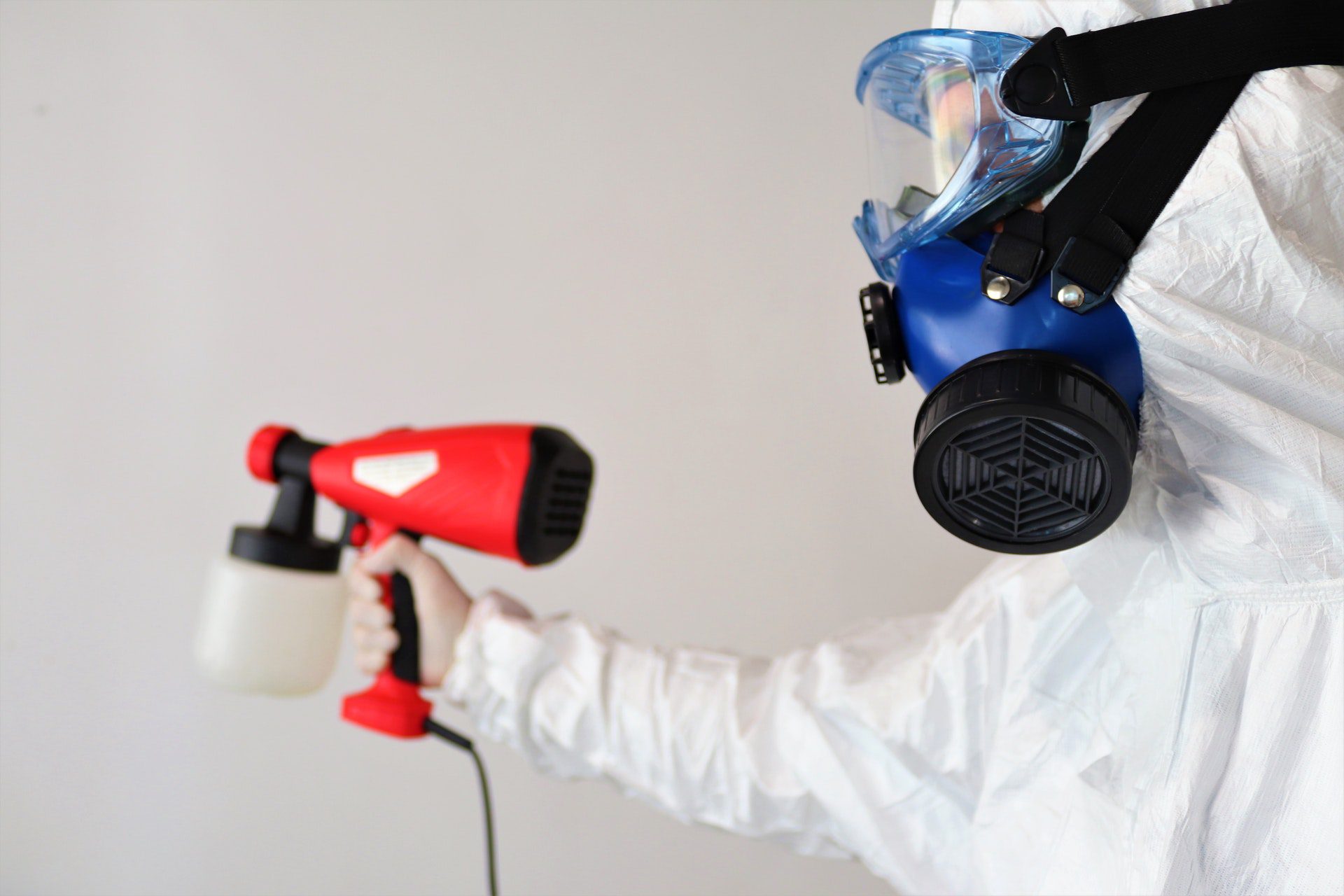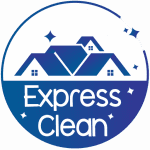Why Is It Important To Sanitize Our Work Area?
If you’re a facility manager, homeowner, or operations lead, keeping your work area sanitized isn’t just about appearances—it’s a vital daily practice that promotes health, safety, and productivity. In high-traffic regions like Chicago and its suburbs, a clean and sanitized workspace can prevent illness, support compliance, and create a better environment for everyone.
Understanding the Importance of Work Area Sanitization
Sanitizing is more than surface cleaning. It involves using specialized materials and chemistry to destroy pathogens that traditional cleaning can leave behind. This is crucial in shared environments, where cross-contamination risks are high, and where public health measures demand a higher standard of cleanliness.
Core Benefits of a Regular Sanitization Schedule
- Reduces Illness Spread: Proper sanitization curbs the spread of bacteria and viruses among employees, customers, and residents.
- Boosts Morale & Productivity: Staff work better in sanitized, fresh-smelling spaces, with fewer sick days and distractions.
- Ensures Regulatory Compliance: Facilities in Chicago must often meet standards set by local authorities or industry organizations.
- Enhances Facility Reputation: Clean workspaces create a positive impression, supporting business growth and customer trust.
Best Practices: Techniques and Protocols
Adhering to best practices means aligning each step to proven standards. Effective sanitization includes:
- Material Compatibility: Ensure disinfectants are suitable for surfaces (e.g., pH-neutral solutions for delicate electronics).
- Dwell Time: Most EPA-registered disinfectants require a dwell time of 5–10 minutes to effectively neutralize germs.
- Proper PPE: Staff should use gloves, eye protection, and, when necessary, masks or gowns to prevent direct exposure to chemicals and contaminants.
- High-Touch Points: Door handles, light switches, shared equipment, and break rooms need extra focus.
- Waste Disposal: Waste should be promptly removed and sealed per local regulations to prevent recontamination.
Table: Key Elements for Safe Sanitization
| Element | Description | Example |
|---|---|---|
| Dwell Time | How long disinfectant stays wet on a surface | 5–10 minutes (check product instructions) |
| pH Compatibility | Ensures no material damage | pH-neutral for electronics/furniture |
| PPE Use | Protects staff from chemicals & germs | Gloves, goggles, masks |
| Cross-Contamination Control | Prevents pathogens from spreading via tools or hands | Color-coded cloths, cleaning from clean to dirty zones |
Materials & Chemistry: What Works Best?
The choice of cleaning agents depends on the surface and usage. For example, bleach-based solutions are effective in bathrooms and kitchens but may corrode some metals or fade fabrics. In sensitive office environments, alcohol-based sanitizers and quaternary ammonium products are widely used. Always read manufacturer instructions and ensure compatibility to protect assets.
Referencing Industry Standards
Where possible, follow certifications like GBAC STAR Facility Accreditation to prove your cleaning process meets globally recognized standards. Additionally, consider recommendations on filtration and disinfection for indoor environments for further safety.
Scheduling and Efficiency
Effective scheduling not only prevents workflow disruption but also maximizes results by targeting cleaning during off-peak hours. For multi-use environments in Chicago, coordinate with building teams to align deep sanitization routines outside core business or residential hours, and ensure all staff understand their roles in maintaining hygiene standards.
Safety and Regulatory Compliance
Every facility must meet federal, state, and local guidelines for health and safety. This includes documentation of products used, training staff in correct procedures, and recording cleaning frequencies. Management should stay informed on Chicago health advisories and new regulations affecting cleaning protocols.
Practical Tips for Facility Managers & Homeowners
- Audit current supplies to ensure proper storage and documentation.
- Train teams regularly in updated cleaning and sanitization protocols.
- Implement checklists for daily and weekly tasks, including high-touch points.
- Utilize color-coded cloths and mops to avoid cross-contamination.
- Regularly review compliance updates in the Chicago area.
Further Reading & Resources
- How cleanliness influences the work environment
- Common commercial cleaning mistakes to avoid
- Choosing the right cleaning products for sensitive facilities
Ready to Enhance Your Facility’s Health?
If you’re seeking professional support for maintaining spotless, compliant spaces, book office cleaning in Chicago with our expert team. Or schedule move-out cleaning for reliable, efficient results tailored to your property.
About the Author
Reviewed by: Express Clean Team
With over 20 years of experience in commercial & residential cleaning services across Chicago and the suburbs, the Express Clean editorial team brings specialized EEAT knowledge to facility managers, homeowners, and operations leaders.


CDC: Workplace Disinfection, Chicago Office Cleaning, Office Cleaning Chicago, Office Cleaning Service in Chicago, Best Commercial Cleaning Service Chicago, Office Cleaning Services Chicago IL, Office Service in Evanston, IL, Service Cleaning Chicago, Office Cleaning in Skokie, IL, Office Cleaning Service in Highland Park, IL





